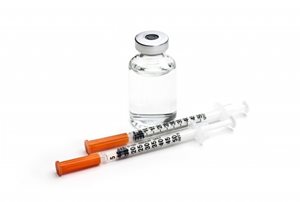Cyltezo approved as interchangeable biosimilar with Humira
 Biologics/ biosimilars/ vaccinesHealth Authority meeting and communication strategyNorth AmericaRegulatory Intelligence/Policy
Biologics/ biosimilars/ vaccinesHealth Authority meeting and communication strategyNorth AmericaRegulatory Intelligence/Policy Biologics/ biosimilars/ vaccinesHealth Authority meeting and communication strategyNorth AmericaRegulatory Intelligence/Policy
Biologics/ biosimilars/ vaccinesHealth Authority meeting and communication strategyNorth AmericaRegulatory Intelligence/Policy